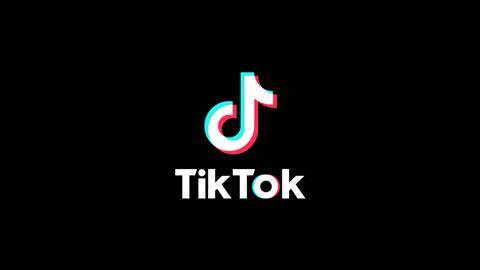Jake Nishimura, marketing director at Kiswe, looks at other options as the US debates banning the app

Over the last five years, TikTok’s rapid growth revolutionised how sports content creators connected with their fan bases, providing an authentic and algorithmically efficient means to reach 170 million American users. However, on Sunday, January 19th, TikTok went dark in the United States. In an instant, sports creators dependent on the revenue and reach generated from making content on the popular short-form video platform were left stranded. Although President Trump has attempted to delay enforcement of the ban for 75 days, TikTok’s sudden shutdown serves as a stark reminder that social platforms can vanish overnight. The uncertainty around TikTok’s future has creators questioning which platforms and content strategies to focus on to prepare for a possible permanent ban.
Here are three ways sports creators can diversify their content distribution strategy:
1. Invest in multiple social media platforms
Legacy platforms like YouTube and Instagram have Shorts and Reels respectively, which provide an outlet for short form video content similar to what creators are used to making on TikTok. For example, sports creators like Dude Perfect have leveraged YouTube Shorts to deliver bite-sized trick shots and sports challenges, extending their reach to new audiences.
It’s important to be early to emerging platforms when they’re released. Creators who are first movers on new platforms can often quickly carve out a niche for themselves as new users sign up looking for content to keep them on new platforms. Many lifestyle and fitness creators have embraced Lemon8, with sports influencers sharing workout routines and performance tips in visually engaging formats, quickly building followings as the platform grew. Additionally, sports creators have used BeReal to offer authentic, behind-the-scenes glimpses of training sessions or live game reactions, fostering a closer, more personal connection with fans.
2. Start a podcast
Podcasts offer a unique opportunity to engage your audience with long-form, in-depth content that builds trust and loyalty. Sports creators can share behind-the-scenes stories, game analysis, or interviews with athletes and industry experts. The conversational nature of podcasts allows creators to develop a personal connection with their listeners while reaching new audiences across podcast directories.
For example, podcasts like The Old Man and the Three hosted by JJ Redick, and The Pivot Podcast featuring former NFL stars Channing Crowder, Fred Taylor, and Ryan Clark have gained massive followings by offering unique perspectives from ex-athletes. Their insider stories and expert analysis provide listeners with rare insights into the sports world.
3. Launch an owned, direct-to-consumer (D2C) platform
Monetise content directly with your audience on a branded platform owned by you.
Continue to utilize the algorithms of social media platforms to reach new people but utilize your D2C platform to monetise premium live and on-demand content to your biggest fans
Sports creators can look to pioneers in other verticals like Watcher and Critical Role, who built successful D2C platforms to monetise their content and engage directly with their communities.
While the loss of a platform like TikTok would certainly hurt sports content creators in the short term, it serves as a reminder that social platforms can disappear or fall out of favor. Ideally, this will encourage creators to diversify their distribution strategies, fostering the long-term health of the creator economy.

Jake Nishimura is marketing director at Kiswe




No comments yet